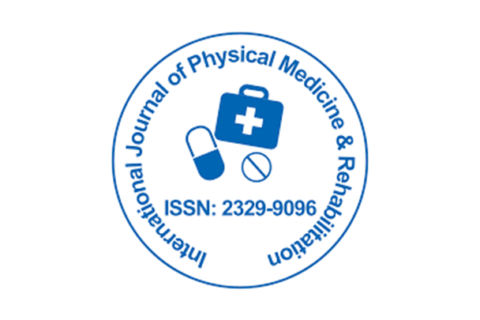
A multidisciplinary approach for a patient with neck pain & dizziness following a motor vehicle accident: a case report
Published on: June 18, 2020
International Physical Medicine & Rehabilitation Journal
Volume 5 Issue 3 – 2020
Steven E Spinks, Joseph T Sakumura, Richard E Gans
The American Institute of Balance, USA
Abstract
Following a motor vehicle accident, there is a cascade of mechanical, chemical, and psychological events that can occur.1,2 Many times this arduous process of assess-refer-assess can be detrimental to the physical and mental rehabilitation following this traumatic event. Efficient, streamlined processes in place may reduce the overall healthcare burden following a motor vehicle accident (MVA). We present a case study of a 56-year-old male with complaints of vertigo, neck pain, and disequilibrium. Following emergency department clearance with imaging techniques and referral for further evaluation. The patient was seen five weeks following his injury at The American Institute of Balance (AIB). The AIB is a multidisciplinary clinic with specialists in vestibular Audiology and Physiotherapy with utilization of comprehensive neurodiagnostic and assessment protocols. A confirmed right ear, posterior canal Benign Paroxysmal Positional Vertigo (BPPV-PC) was successfully treated with the Gans Repositioning Maneuver (GRM). This was followed by physiotherapy interventions for his complaints of neck pain and imbalance, post-clearance of the BPPV-PC. He was seen in the clinic for a total of three weeks, with a progression of home exercise given each week. At the end of his physiotherapy, he was discharged with no further complaints of vertigo and significantly improved mobility, strength, and subjective reports for his neck pain. This case study demonstrates the necessity for proper evaluation and comprehensive treatment when multiple comorbidities follow traumatic events. This ensures time-efficient management and successful and measurable treatment outcomes.